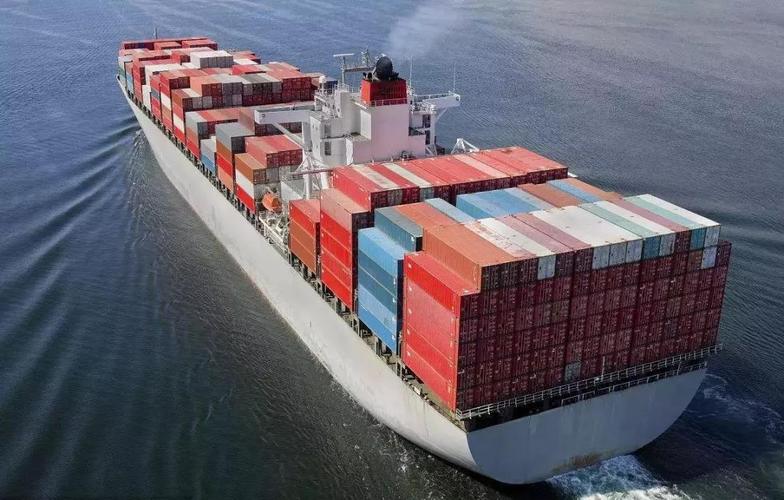When shipping to Thailand, identifying low-tax shipping categories can significantly reduce costs. Thailand has specific regulations on different types of goods, and knowing which categories are subject to lower duties and taxes is essential for cost-effective shipping. Here’s how you can find those categories and optimize your shipments.
1. Understand Thailand’s Import Duty Structure
Thailand imposes import duties based on the classification of goods. Duties vary depending on the HS Code assigned to your products. To minimize costs, it’s important to identify which product categories are subject to lower duties. For example, certain consumer electronics and industrial products might fall under lower tax brackets, while luxury items might attract higher duties.
2. Work with a Certified Forwarder in Thailand
A certified forwarder can help you navigate Thailand’s complex shipping regulations. They are well-versed in finding the most cost-effective routes and categories that will minimize duties. By partnering with a forwarder, you can also get advice on the best practices for exporting goods from China to Thailand, ensuring your goods are classified correctly and in the right tax categories.
3. Consult Thailand’s Shipping Regulations for Exporters
Thailand has specific shipping regulations for exporters, which include tax exemptions or reductions for certain types of goods. For example, items such as medical supplies, food products, and certain raw materials may have lower taxes or even be exempt from duties. Researching and staying updated with these regulations is key to understanding which goods can benefit from reduced tariffs.
4. Optimize Packaging and Documentation
The way you package and document your goods can also influence the duty rate. Some categories, such as personal items or promotional goods, may qualify for lower duties if they are properly documented and declared. Make sure to include all the correct information on the bill of lading, invoice, and HS code, and have a customs broker double-check your paperwork to ensure everything is accurate.
5. Seek Professional Advice for Tax Classification
If you are unsure about the proper classification for your goods, it’s worth consulting a customs broker or a logistics expert who specializes in Thailand’s import regulations. They can help you find the most accurate HS code for your goods, which can lead to reduced tax rates and a smoother customs clearance process.

People Also Ask (PAA)
- How can I lower taxes on my shipments to Thailand?
You can lower taxes by ensuring your products are correctly classified under low-duty categories, using a certified forwarder, and consulting Thailand’s specific shipping regulations. - What are the tax rates for shipping goods to Thailand?
Tax rates in Thailand vary by product category. Consumer goods, industrial products, and raw materials typically have lower duties, while luxury items or electronics might incur higher taxes. - What is the role of a certified forwarder in shipping to Thailand?
A certified forwarder helps identify low-tax categories, ensures your goods are classified correctly, and manages all logistics to ensure cost-effective shipping. - How do Thailand’s shipping regulations affect export duties?
Thailand’s shipping regulations offer tax exemptions or lower duties for certain items like medical goods, raw materials, and food products. Researching these regulations can help you save on taxes. - How do I classify goods to get the lowest duties in Thailand?
Properly classifying goods under the correct HS code ensures they are categorized under the right tax group. A customs broker can assist in this process to ensure you avoid higher duty rates.
